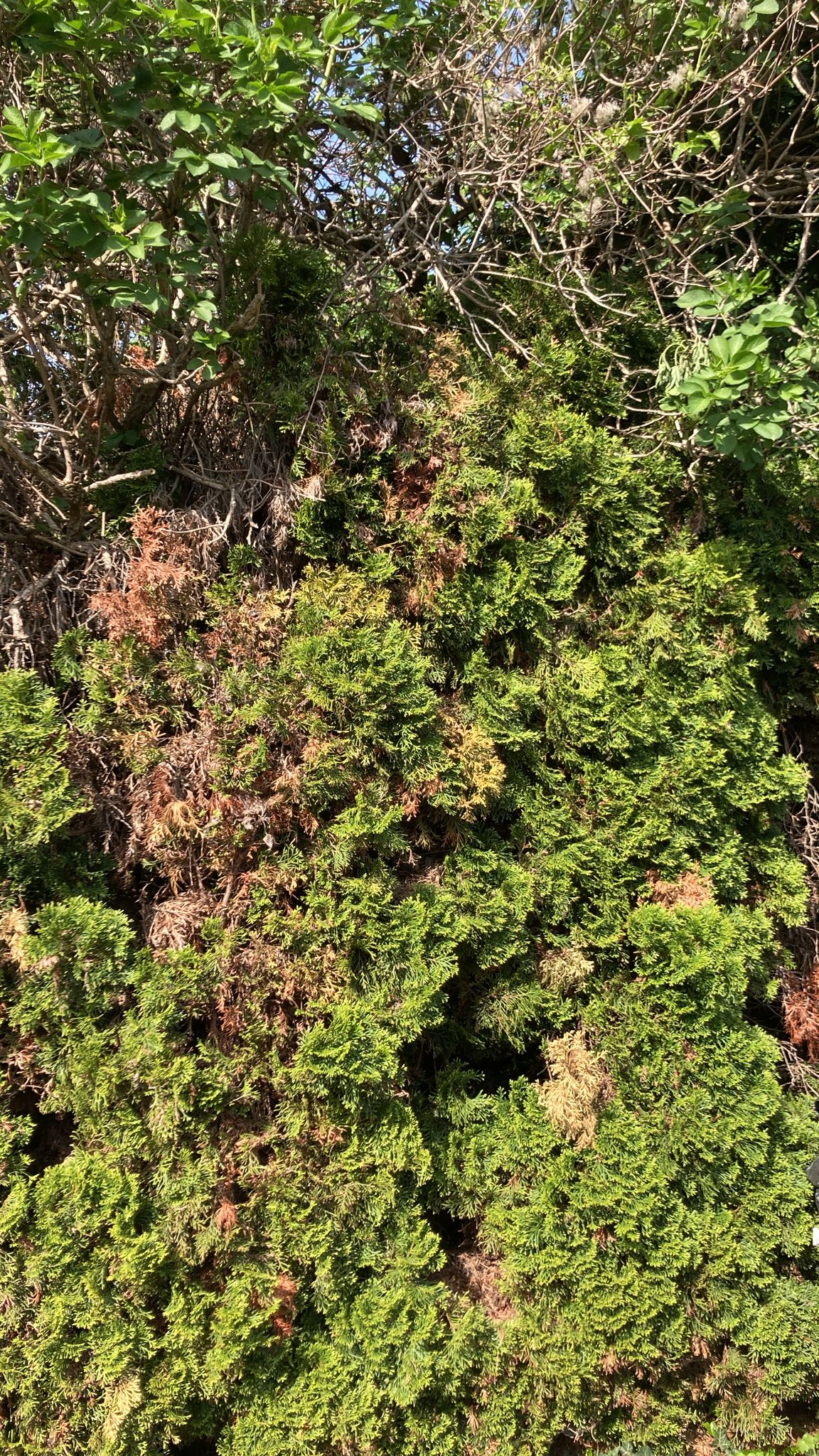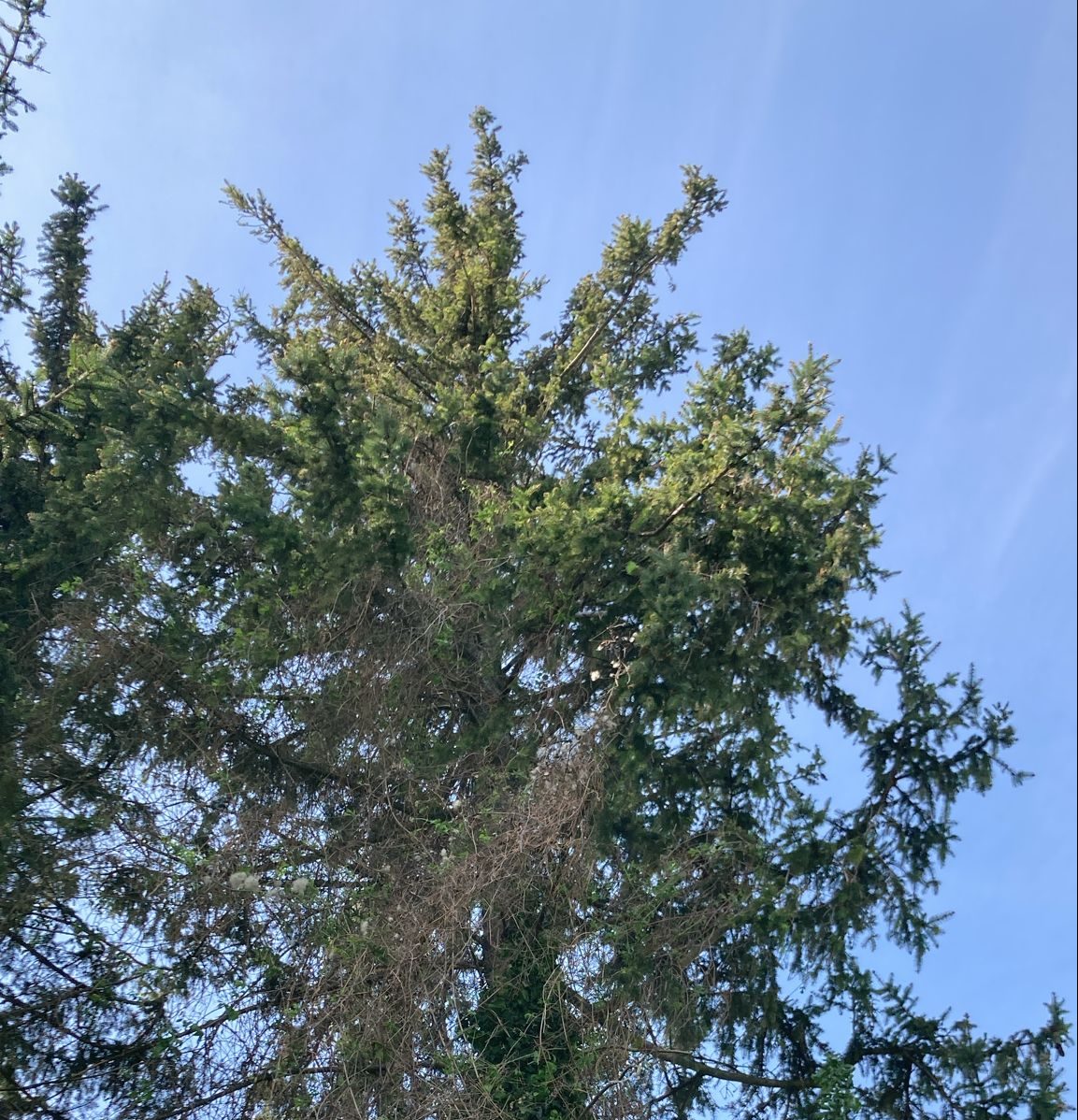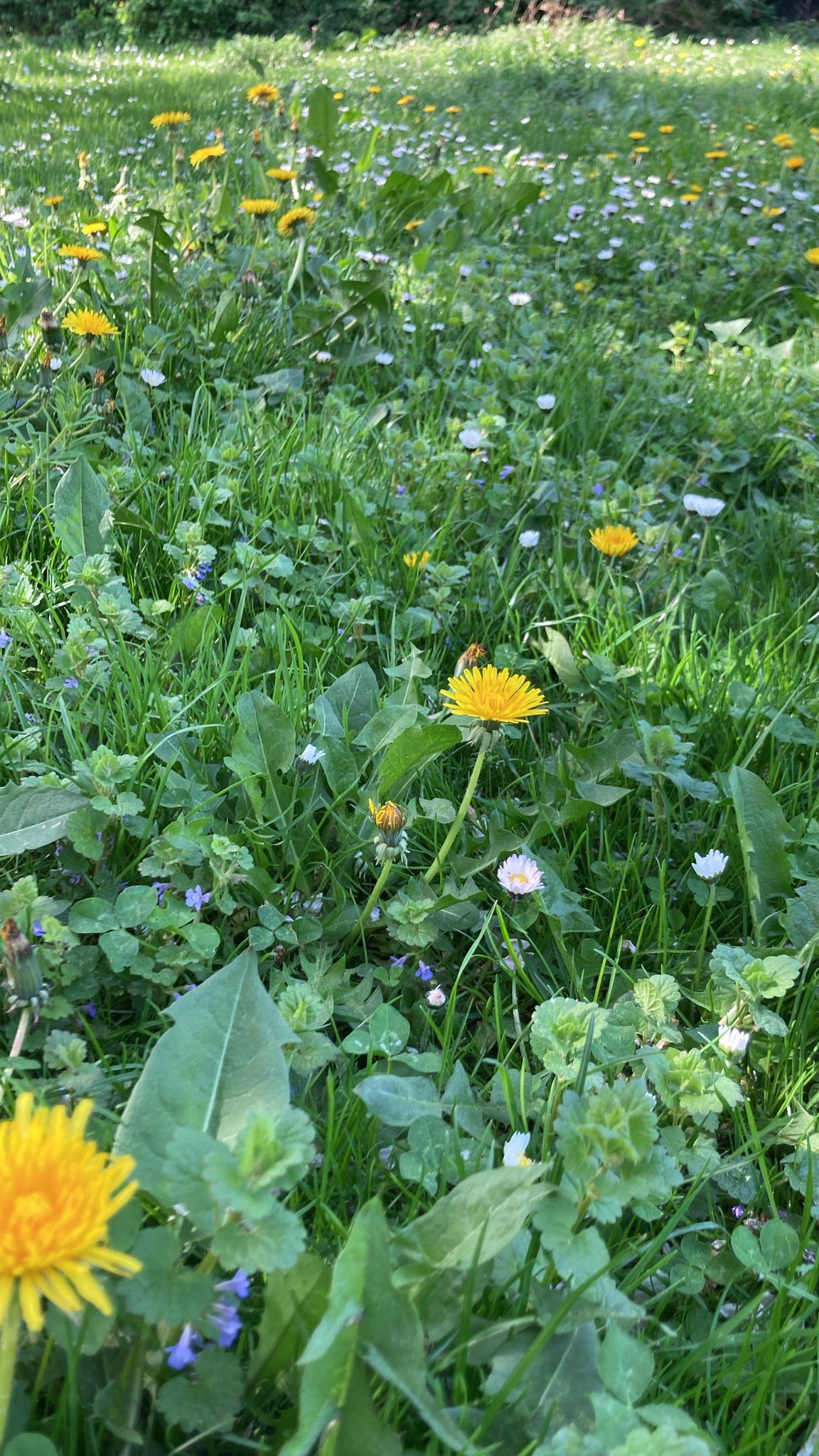Climate losers in the garden

The drought, high temperatures and even greater temperature fluctuations have led to some plants that used to be very popular in our gardens either dying or just vegetating.
Hedge plants
In our #Beetschwestern garden, for example, there were mock cypresses that we had taken over and that did not survive the drought.
 The thuja hedge, which has certainly been around for many years, is also starting to turn brown in some places. The yews in the same hedge, on the other hand, have not had any problems to date. Unfortunately, the advice is always to switch to cherry laurel. We think this is a really bad idea! Firstly, it is not native, secondly it is poisonous and thirdly it is simply miserable. It will be banned in Switzerland from October!
The thuja hedge, which has certainly been around for many years, is also starting to turn brown in some places. The yews in the same hedge, on the other hand, have not had any problems to date. Unfortunately, the advice is always to switch to cherry laurel. We think this is a really bad idea! Firstly, it is not native, secondly it is poisonous and thirdly it is simply miserable. It will be banned in Switzerland from October!
 Trees
Trees
There are 40-year-old spruce trees close to the property boundary - we will never understand why Austrians like to put spruce trees in their gardens. They look like ruffled chickens and suffer greatly from the climatic changes of recent years.
Perennials
Perennials that prefer cool, damp conditions have also withdrawn from our gardens, including delphiniums, astilbes and monkshood (beware: very poisonous).
 Lawn
Lawn
The changes are also problematic for English lawns. A lawn - nothing more than a monoculture that can only be managed with fertilizer, weed control and lots of water - can only survive with lots of water. In the interests of natural and climate-friendly gardening, we should do without it. Our "lawn" has been transformed into a meadow consisting of different plants that can survive without water and fertilizer due to our inaction. We let them grow in some places. In summer, we mow less often to prevent the grass from drying out and only leave a narrow path cut short.
You can already find a few articles on alternatives in our Beet Sisters category, for example:






